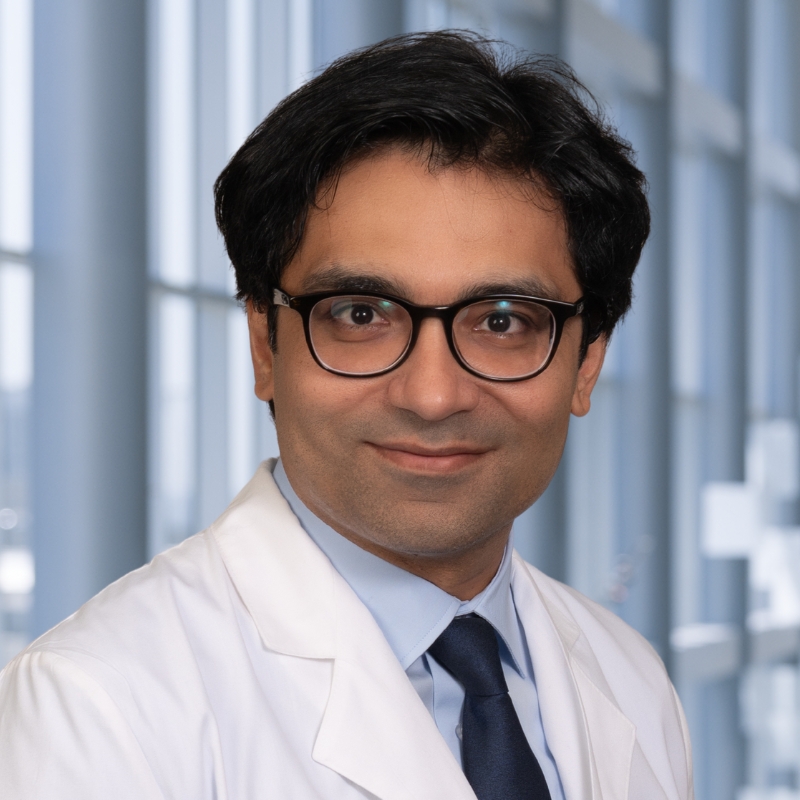Four out of 10 people in a middle-age population in Sweden had coronary artery disease (CAD), with one in 20 having severe CAD, according to data presented at a news briefing at the American Heart Association Scientific Sessions 2020.
“Most cardiac events are caused by atherosclerosis in the blood vessels,” said study presenter Göran Bergström, MD, PhD, of Sahlgrenska Academy, Gothenburg University, Sweden. “The aim of this study was to determine how common it is to have silent CAD in a middle-aged population.”
To do that, Dr. Bergström and colleagues used data from the Swedish Cardiopulmonary BioImage Study (SCAPIS) to identify 30,154 men and women aged 50 to 64 years; 25,182 with no previous coronary heart disease were included and had imaging using coronary computed tomography angiography.
Results showed that 42% of participants had any form of silent CAD identified.
“This means that these individuals have atherosclerosis that could potentially lead to heart attack and angina,” Dr. Bergström said.
One out of 20 participants (5%) had clinically significant CAD with atherosclerosis that obstructed blood flow in the arteries. There was an increase in CAD associated with age and a higher prevalence in men. Increasing prevalence of CAD was also associated with increasing categories of Framingham risk factors.
Using machine learning, the researchers developed a risk algorithm to try to identify individuals with widespread CAD. They developed two prediction models. The “home model” was based on data easily available at home like information on weight, waist circumference, and other factors. The “clinical model” would include information from a health care visit like blood pressure or cholesterol.
Interestingly, the home model was equally as effective as the clinical model for distinguishing who had widespread CAD.
“If we apply this to a screening situation, if we image 30% of the population at higher risk according to the home model we can identify two-third of participants with widespread atherosclerosis,” Dr. Bergström said. “We hope these findings can be developed into a future screening strategy.”







 © 2025 Mashup Media, LLC, a Formedics Property. All Rights Reserved.
© 2025 Mashup Media, LLC, a Formedics Property. All Rights Reserved.